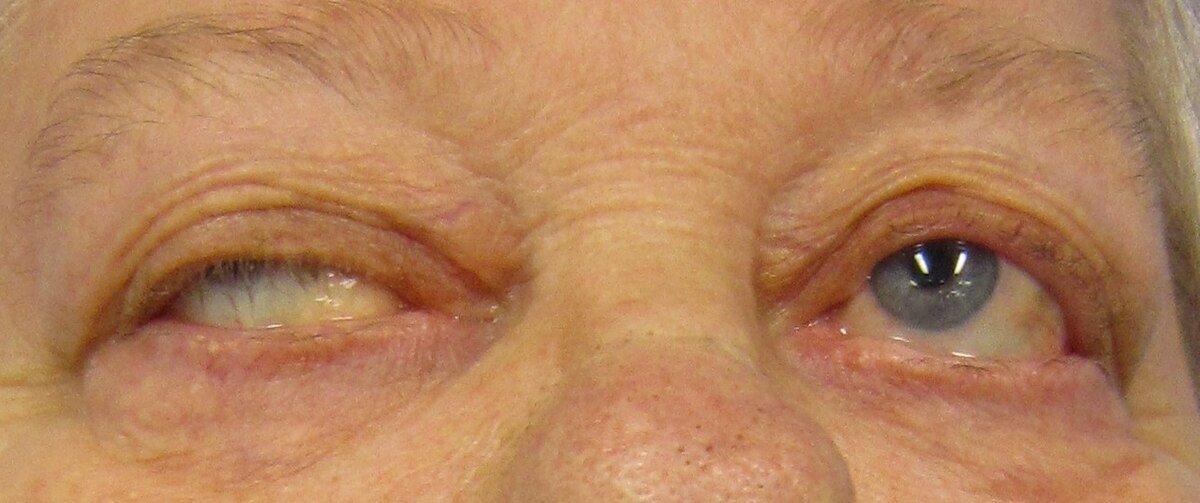Lambert–Eaton Myasthenic Syndrome (LEMS)
content of this page
1- Introduction
2- Pathophysiology
3- Symptoms
4- Treatment
Introduction
Lambert-Eaton Myasthenic Syndrome (LEMS) is a rare autoimmune disorder that affects the neuromuscular junction, the point where nerve cells connect with the muscles they control. In LEMS, the immune system mistakenly attacks the voltage-gated calcium channels on nerve endings, impairing the release of acetylcholine, a neurotransmitter necessary for muscle contraction. This results in muscle weakness and fatigue, particularly in the proximal muscles such as those in the hips and shoulders

Pathophysiology
Muscle Weakness: This is the most common and prominent symptom, often starting in the proximal muscles (hips, thighs, shoulders, upper arms). Weakness tends to improve with repeated use of muscles (unlike in myasthenia gravis).
Difficulty Walking and Climbing Stairs: Patients may find it challenging to perform activities that involve these movements due to muscle weakness.
Fatigue: Muscle fatigue is a common complaint, especially after prolonged use or exertion.
Autonomic Symptoms: These can include dry mouth, constipation, erectile dysfunction, and changes in sweating patterns.
Hyporeflexia: Reduced or absent deep tendon reflexes (like knee jerk reflexes) may be observed during physical examination.
Small Cell Lung Cancer (SCLC) Symptoms: In cases where LEMS is associated with SCLC, symptoms related to the cancer, such as cough, chest pain, and unintentional weight loss, may also be present.
Bulbar Symptoms: Some patients may experience difficulty with swallowing, speaking, or chewing due to muscle weakness in the throat and face.
Symptoms
The symptoms of acid-base disorders associated with diarrhea can vary depending on the severity and underlying cause of the imbalance. Here are the key symptoms commonly observed:
Abdominal Discomfort: Patients often experience abdominal pain, cramping, and discomfort due to the frequent bowel movements and irritation of the gastrointestinal tract caused by diarrhea.
Dehydration: Diarrhea leads to significant fluid loss from the body. Symptoms of dehydration include dry mouth, increased thirst, decreased urine output, dry skin, fatigue, and dizziness. Severe dehydration can lead to confusion, rapid heartbeat, and even fainting.
Electrolyte Imbalance: Alongside fluid loss, diarrhea results in the loss of electrolytes such as sodium, potassium, chloride, and bicarbonate. Symptoms of electrolyte imbalance include muscle weakness, cramps, irregular heartbeat, and in severe cases, neurological symptoms like confusion and seizures.
Acidosis Symptoms: When diarrhea leads to metabolic acidosis (low blood pH due to decreased bicarbonate), symptoms can include:
- Rapid breathing (Kussmaul breathing) as the body attempts to compensate by exhaling more carbon dioxide.
- Nausea and vomiting.
- Fatigue and weakness.
- Headache.
- Confusion or altered mental status in severe cases.
General Symptoms: Patients may also present with general symptoms associated with underlying causes of diarrhea, such as fever, nausea, vomiting, and malaise.
Specific Conditions: Depending on the underlying cause of diarrhea (e.g., infection, inflammatory bowel disease), additional symptoms related to the specific condition may also be present.
Treatment
Symptomatic Treatment:
- Acetylcholinesterase Inhibitors: Medications like pyridostigmine can enhance acetylcholine availability at the neuromuscular junction, improving muscle strength and function.
- 3,4-Diaminopyridine (3,4-DAP): This medication prolongs the action potential duration at nerve terminals, increasing calcium influx and acetylcholine release, thereby improving muscle strength.
- Physical Therapy: Helps maintain muscle strength and function.
Immunosuppressive Therapy:
- Corticosteroids: Used to suppress the autoimmune response that targets the voltage-gated calcium channels (VGCCs).
- Immunosuppressive Agents: Drugs like azathioprine or mycophenolate mofetil may be used if corticosteroids alone are insufficient.
Treatment of Underlying Cancer:
- If LEMS is associated with SCLC or another malignancy, treatment of the cancer may lead to improvement in LEMS symptoms. This may involve surgery, chemotherapy, radiation therapy, or a combination depending on the cancer stage and patient’s overall health.
Supportive Therapy:
- Respiratory Support: Some patients may require respiratory assistance, such as non-invasive ventilation or mechanical ventilation, especially during exacerbations or if respiratory muscles are significantly affected.
- Nutritional Support: Ensuring adequate nutrition, possibly including supplements or feeding tubes if swallowing difficulties are severe.
Monitoring and Follow-Up:
- Regular monitoring of symptoms, muscle strength, and respiratory function is essential to adjust treatment as needed and manage potential complications.